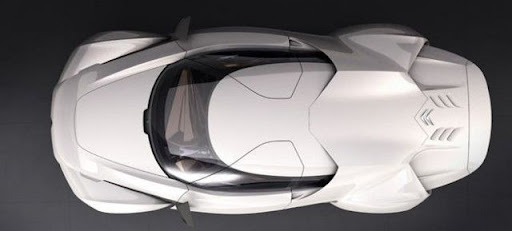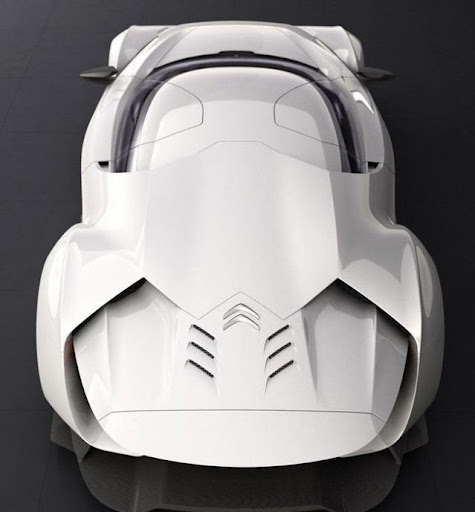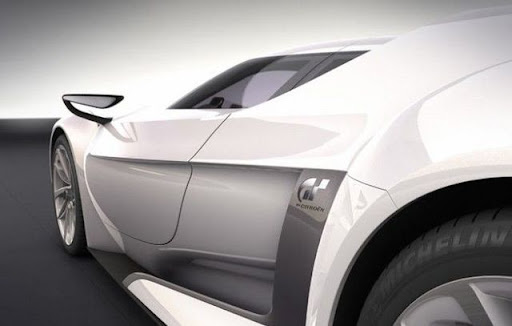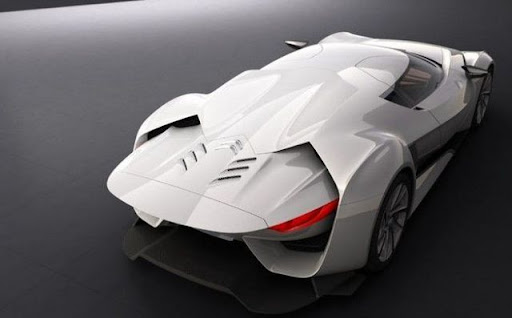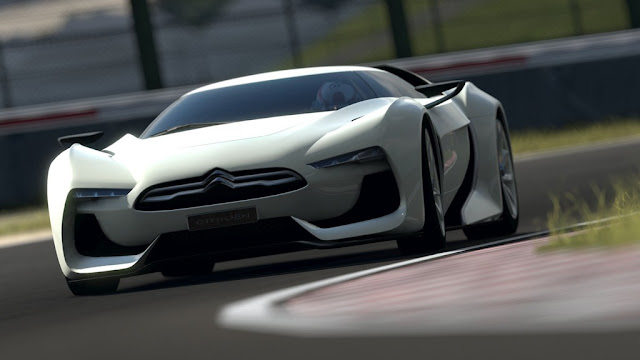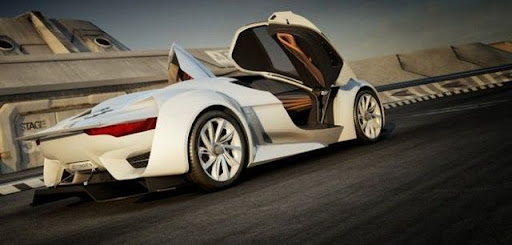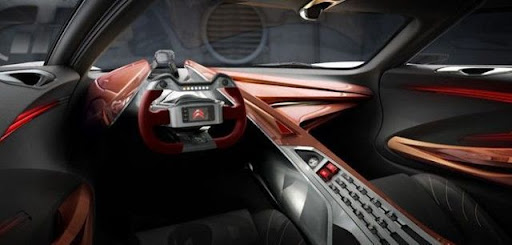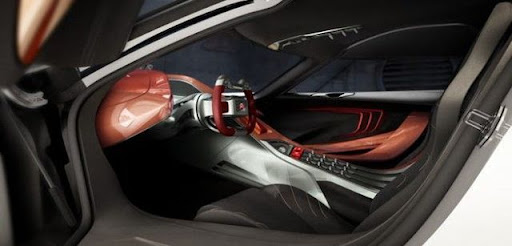Ford Mustang brought last year and was one of the best success stories this year. One of the most positive aspects of travel is that although there are some very expensive models are used to horses from whole muscle car, the base model is surprisingly affordable and still a lot of fun in its own right.
The big news for the 2012 Ford Mustang is the revival of the storied high-performance Boss 302 model. Also notable is the introduction of adjustable effort settings for the power steering effort on GT models.
After numerous improvements to the Mustang lineup last year, we wouldn't have been surprised this year to see Ford's engineers just sit back and watch their winning horse run circles around its competition. As it turns out, though, they've been busily creating yet another highly desirable model to join the stable.
For 2012, Ford reintroduces the Mustang Boss 302, a nameplate that recalls the Boss 302 of 1969. Just as before, the new Boss 302 is a track-tuned beast, and it should also be both great to drive and even potentially collectible. Numerous engine enhancements kick output up to 444 horsepower, and the Boss receives a host of other hardware upgrades to handle the extra fury under the hood.
The 2012 Ford Mustang is available as a coupe or convertible and is offered in five trim levels: V6, V6 Premium, GT, GT Premium and Boss 302. (The Shelby GT500 is reviewed separately.)
The base V6 starts with 17-inch alloy wheels, a limited-slip rear differential, keyless entry, integrated blind-spot mirrors, cruise control, air-conditioning, full power accessories, a tilt-only steering wheel and a four-speaker sound system with a CD player and auxiliary audio jack.
The V6 Premium adds upgraded 17-inch wheels, leather upholstery, a power driver seat, Ford's Sync system, an auto-dimming rearview mirror, color-adjustable gauges, ambient lighting, upgraded interior trim and an upgraded eight-speaker sound system with satellite radio and an iPod/USB audio interface. The V8-powered GT comes with the base V6's features plus 18-inch alloys, automatic headlights, a rear spoiler, adjustable steering effort and foglamps. The GT Premium is essentially a GT with different 18-inch wheels and the V6 Premium's roster of features.
Options on Mustang V6 models include an exterior appearance package that adds bodywork graphics and a rear spoiler. Bundled with the optional rear parking sensors are an anti-theft system and wheel locks. Also available is a V6 Performance package (for coupes with manual transmissions) that includes 19-inch wheels with summer tires, numerous suspension and brake upgrades, a recalibrated stability control system and a 3.31 rear axle ratio.
The V6 Premium unlocks a slew of packages and options in addition to those available on the base model. These include: the Pony package and the Mustang Club of America Special Edition (both consist of 18-inch wheels and various exterior styling enhancements); the Comfort Group package (a power passenger seat and heated front seats); and the Electronics package (automatic climate control, HD radio and a voice-activated navigation system with real-time traffic and other information). Also available are remote ignition, xenon headlamps, a glass roof, a tonneau cover for convertible models and a back-up camera.
The Mustang GT can be outfitted with upgraded Brembo brakes, 19-inch wheels, summer tires and the recalibrated stability control system. Two performance axles for quicker acceleration are available: 3.55:1 and 3.73:1. The GT Premium can be had with all the options of the V6 Premium and GT packages plus a selection from an array of 18-inch and 19-inch wheels, the California Special package (more exterior styling variations) and a more powerful 10-speaker sound system (not available with the Electronics package).
The new high-performance Boss 302 is only available as a coupe and adds a more powerful V8 engine, 19-inch wheels, quad exhaust tips, special exterior trim and aerodynamic elements, a 3.73:1 rear-axle ratio, Brembo brakes, adjustable shock absorbers, unique interior trim, a suede-wrapped steering wheel, alloy pedals, cloth seats and the base audio system. Recaro front seats (from the GT500) and a Torsen limited-slip rear differential are optional.
The limited-edition Boss 302 Laguna Seca model goes even further with track-ready aerodynamic enhancements, race-compound tires, a stiffer suspension, unique gauges and standardization of the Recaro seats and Torsen differential, plus the deletion of the rear seat.
The 2012 Ford Mustang V6 powered by a 3.7-liter engine that produces 305 hp and 280 pound-feet of torque. Mustang GT steps up to 5.0-liter V8 good for 412 hp and 390 lb-ft of torque. Both have six-speed manual transmission standard, while a six-speed automatic is optional. As if this was not enough, 5.0-liter V8 302 Boss up power output 444 hp and 380 lb-ft of torque. (An automatic transmission is available for 302 Boss, however.)
Mustang V6 coupe getting the EPA estimated fuel economy is 19 mpg city/31 mpg highway and 23 mpg in combined driving with automatic transmission, while the manually estimated 19/29/22 mpg. GT is rated 18/25/21 mpg with the automatic, and 17/26/20 mpg with the manual. Opting for the rear differential gear ratio is a more aggressive would further drop in fuel economy.
In recent testing, the Mustang V6 is loaded with performance package and the gear ratio of 3.31 is accelerated from zero to 60 mph in 5.6 seconds. A V8 Mustang with a 3.73 gear is managed the same run in just 4.8 seconds.
Standard safety features for all 2012 Ford Mustang includes antilock brakes, front seat side airbags, side mirrors reconnaissance and stability control. Ford's MyKey system is also standard, which allows owners to limit speed and audio volume level for young drivers.
In Edmunds brake testing, the V6 and V8 Mustangs turned in impressive stopping distance. V6 stops from 60 mph in just 103 meters away, while the V8 is needed only 109. It is important to note, however, that both vehicles benefit from the optional performance package.
Regardless of which 2012 Ford Mustang you choose, you're in for a wild ride. The base V6 makes more than enough power for the average driver and plenty of oomph to satisfy a majority of driving enthusiasts as well. The V8 engines take performance up a few notches with gobs of torque and a glorious exhaust note. Driving enthusiasts will naturally want to select the manual transmission, though the automatic isn't a bad choice; it's prone to early upshifts in order to maximize fuel economy, but there's enough torque to keep the Mustang ably motivated.







